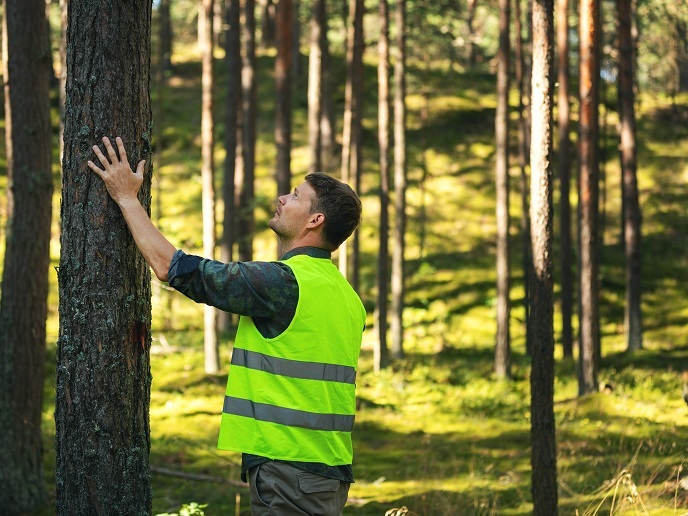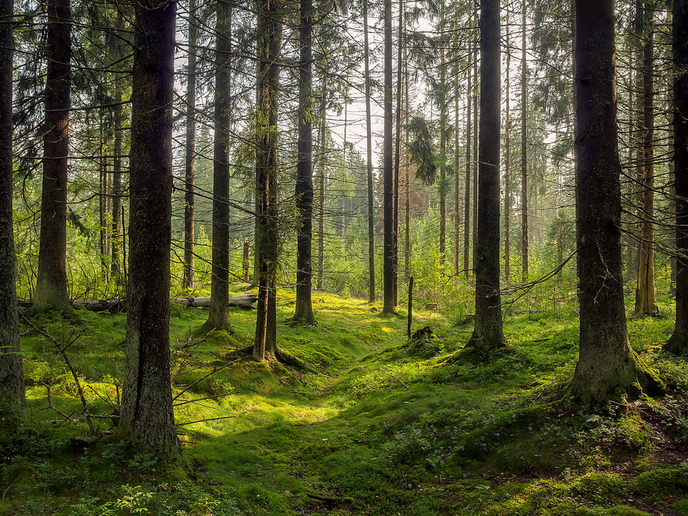Innovative approaches to protecting Europe’s forests
European forests are threatened by invasions of non-native species of insects and pathogens. Often arriving on cargo ships from the other side of the world, these species can wreak economic and environmental havoc. “Around six new pest species arrive and establish themselves in European forests every year,” explains HOMED(opens in new window) project coordinator Hervé Jactel from INRAE(opens in new window) in France. “Not all of these pests are devastating, but around 10 to 15 % can be very damaging.” Jactel highlights the emerald ash borer beetle, a native to north-eastern Asia. This species has already been found in Belarus, Russia and is probably in Ukraine, knocking on the door of the EU. In the United States, the pest has killed millions of ash trees, resulting in billions of euro in damage. “The challenge here is that we don’t have all the tools we need to identify, prevent and monitor invasive species,” says Jactel. “We need to improve our early warning methods.”
Global cooperation in pest management
This was the key objective of the HOMED project. Jactel recognised the need for a more holistic, structured approach to addressing the issue of invasive species. “We need to be prepared for anything,” he notes. The project team therefore set about developing responses for each step of the invasion process. This involved considering: how pests are transported; where they arrive; how they establish themselves in forests; and how they spread. Central to this was the involvement of non-European partners from Australia, China, New Zealand, South Africa and the United States. “This was important, as these are the countries where invasive species are coming from,” says Jactel.
Step-by-step approach and sentinel planting
As a first step, the project carried out controlled sentinel planting(opens in new window) of European trees in these third countries, in order to monitor the presence of species that could cause damage. This was found to be an effective way of identifying and better understanding possible invaders. “Lots of these pests are transported by container ships,” adds Jactel. “So next, we developed a cheap and effective light trap, which attracts insects and catches them. The idea is that this trap is activated at the port of origin, and then assessed at the port of arrival.” The project team next used modelling tools to estimate which locations and regions were most at risk of attracting pests. A map of Europe was created, highlighting areas where invasive species typically establish themselves. “This map showed that urban and port areas – such as London, Rotterdam or Paris – should be the focus of our attention,” notes Jactel. “These are the regions where pests establish themselves. It would therefore be more useful to monitor trees and small forests in and around cities than in the countryside.”
Biodiversity key to tackling invasive species
When it comes to pest control, the team found that complete eradication was not essential – decreasing the population below a certain threshold should be the goal. Furthermore, pest control could be achieved without the use of pesticides. “We have other options,” adds Jactel. “For example, we can find natural enemies of invasive pests at the point of origin, and study these carefully in quarantine labs.” Furthermore, the project also found that biodiverse forests were able to better resist invasive species, in part because they are home to more predators such as birds and bats. Promoting native biodiversity is therefore something that should be encouraged. “This should be part of a complete strategy that tackles every stage of the invasion process,” he concludes.







